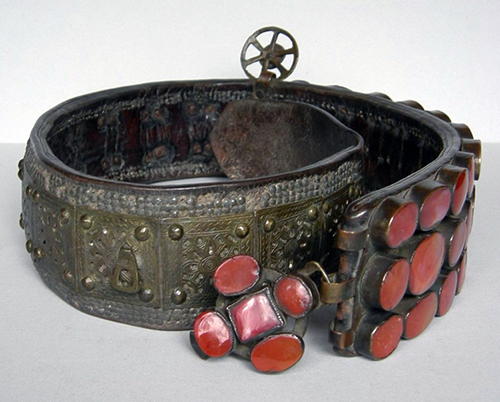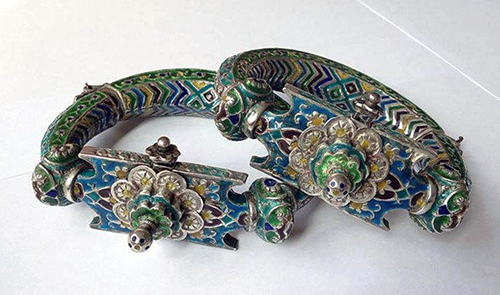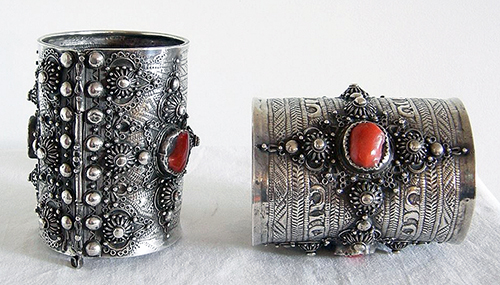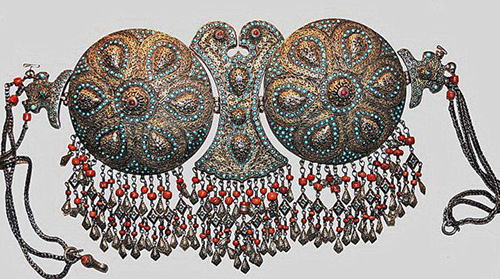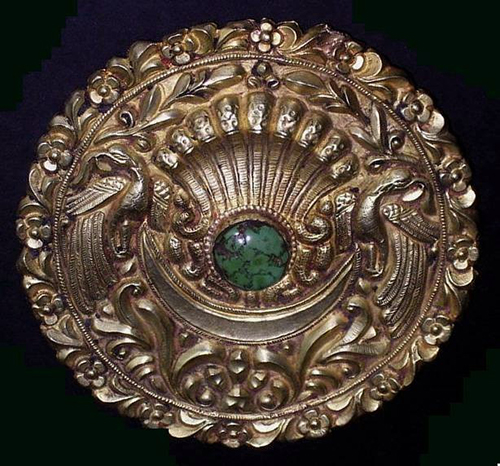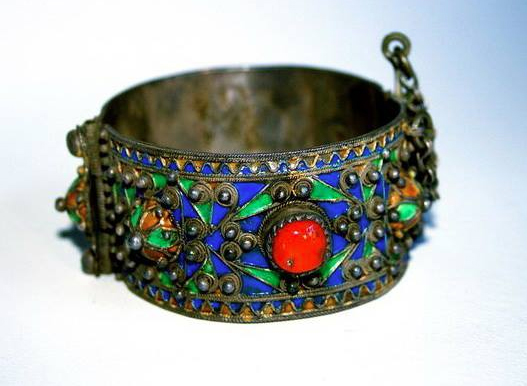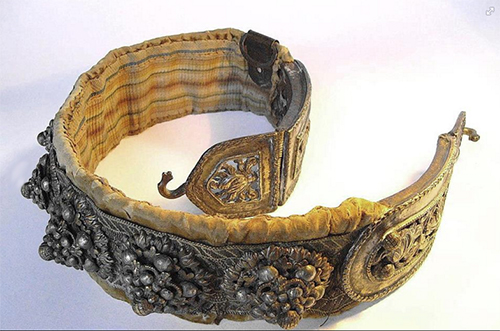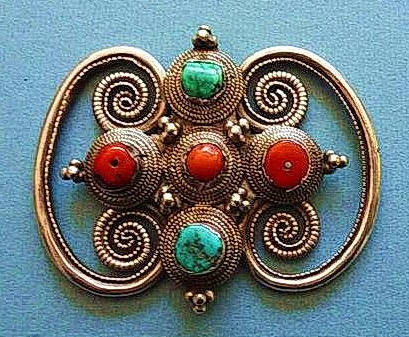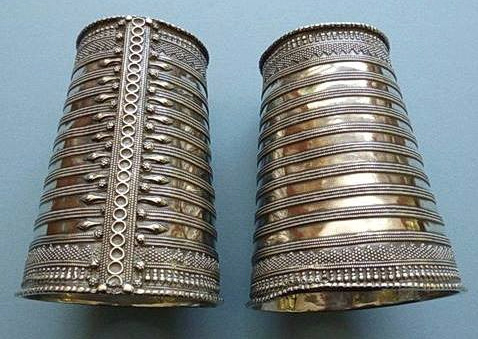The disc shown “on top” actually hangs down from the bottom of the belt, and clearly something (a female utentsil, or a sword) would have often been attached to it. There is no doubt that these belts, often referred to as jakicar, were made in particular in Albania, probably also elsewhere in the Balkans. An… Continue Reading
